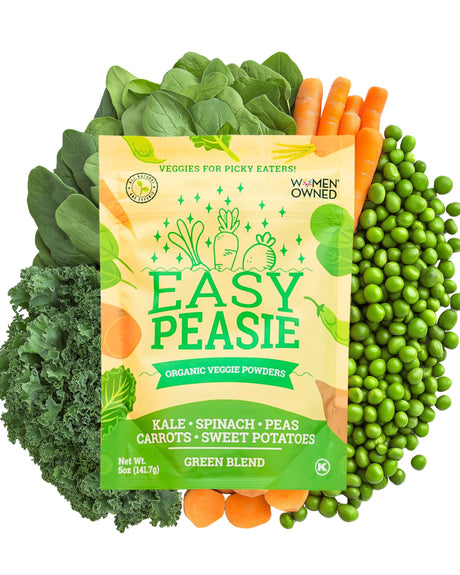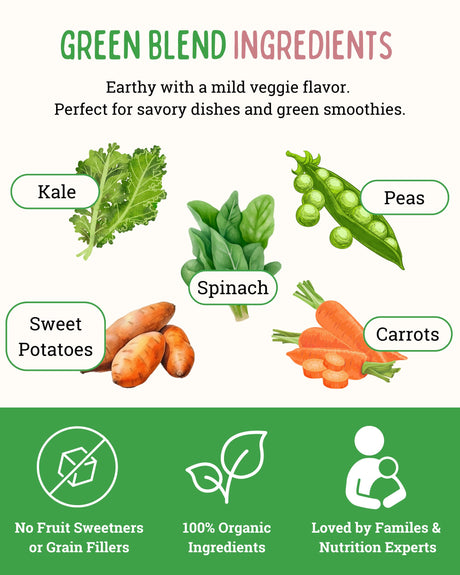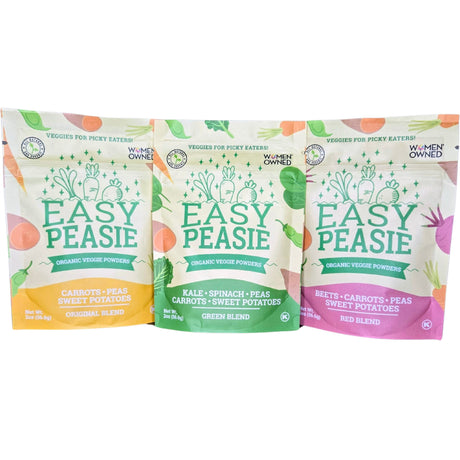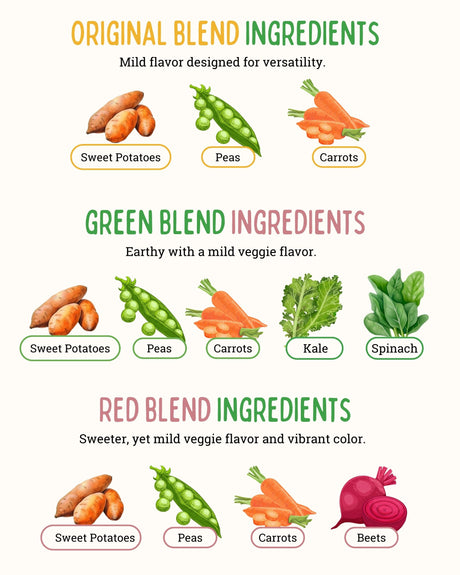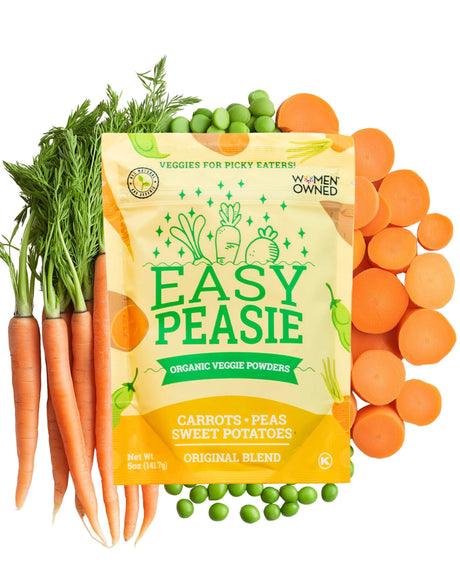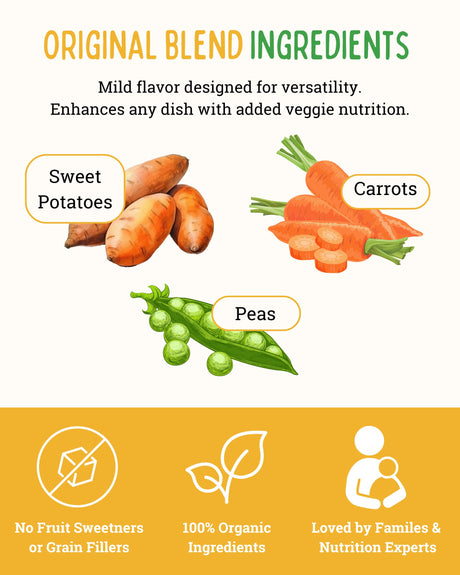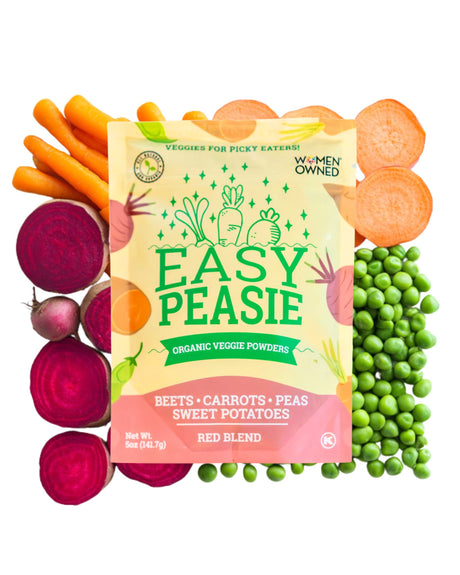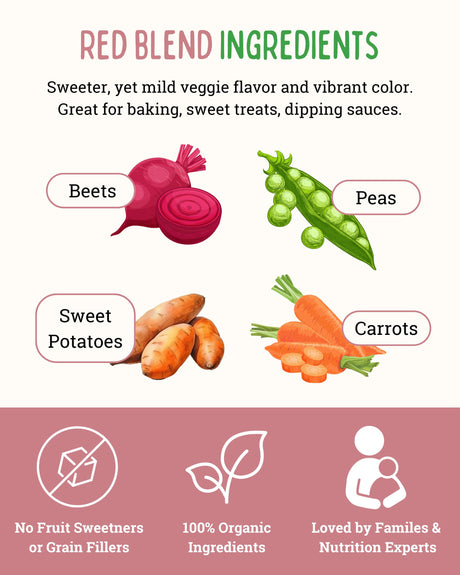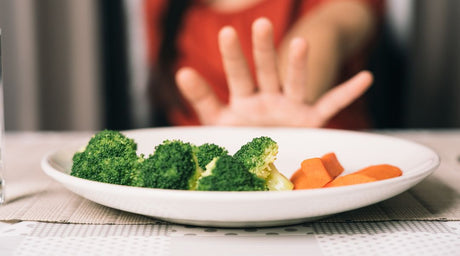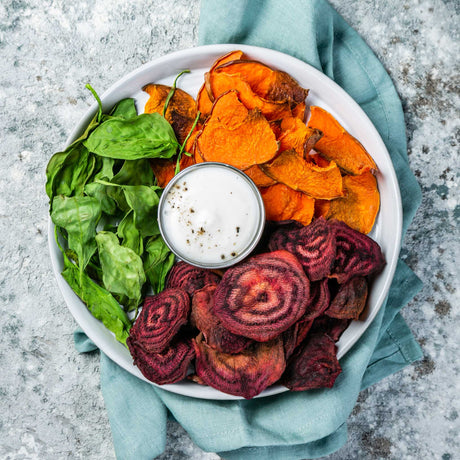Ah, the age-old challenge every parent faces: coaxing their kids to consume those ever-elusive greens without the accompanying grimace or refusal. Every mealtime dance around the broccoli or carrot has most parents pondering the necessity of it all. But it’s essential to remember that these early years are not just about the meal on the table; they're about setting a foundation for a lifetime of nutritious choices.
The initial years of a child's life are when tastes are cultivated, preferences formed, and eating habits established. A successful introduction to the vibrant world of vegetables at this stage can mean less fussy eating and more balanced meals in the future. It's less about winning the vegetable standoff at dinner and more about fostering an appreciation for nutritious foods.
The Importance of Vegetables
Vegetables aren't just items to tick off during meal times. They are nutritional giants, essential for the growth and overall well-being of our children. Each vegetable brings a bouquet of vitamins, minerals, and fibers that cater to different developmental needs. Think about the robust iron in spinach that plays a role in cognitive acceleration or the vitamin C in bell peppers boosting immunity. These aren’t mere foods; they're investments in our children's health.
Furthermore, inculcating a liking for vegetables early on ensures a balanced diet as they grow. Apart from their nutritional value, they introduce children to a range of flavors, aiding in the development of a diverse palate. More than just health, it's about nurturing an adventurous spirit in food choices.
Top Kid-Friendly Vegetables
When it comes to veggies, not all are created equal in a child’s eyes. Some naturally resonate more with their budding palates:
Carrots: These aren't just crunchy; they carry a hint of sweetness that appeals to most children. They can be transformed into fun carrot sticks paired with dips, turned into soft and palatable carrot coins, or even be the star ingredient in wholesome muffins. Their versatility makes them a handy veggie to have in your culinary arsenal.

Peas: These tiny green beads are more than what meets the eye. Apart from being sweet and easy to pop, they are also perfect for little hands learning fine motor skills. You can craft a velvety pea puree for younger kids, add them to fried rice for a hint of sweetness, or mix them into creamy pastas.
Sweet Potatoes: These tubers are a trove of natural sweetness and are ever so versatile. From turning them into crispy baked fries, mashing them up with a hint of butter and seasoning, to incorporating them into morning pancakes, the possibilities are endless.
Bell Peppers: Their colorful allure is hard for even kids to resist. Red, yellow, green, or even purple, they can light up any dish. Slice them into rings for a crunchy snack, stuff them with flavorful rice or minced meat for a hearty meal, or just sauté them for a colorful side dish.
Zucchini: A soft vegetable that is incredibly versatile in the kitchen. Whether you're spiralizing them into "zoodles" (zucchini noodles), baking them into tasty zucchini bread, or grilling slices with a sprinkle of cheese on top, zucchinis are a sneaky way to incorporate more green into meals.
Broccoli: This tree-like veggie can be a fun addition to any plate. While its distinct taste might need some getting used to, pairing it with a cheese sauce or baking it into casseroles can be a game-changer. Plus, what child can resist the idea of eating tiny trees?
Cherry Tomatoes: Their bright color and bite-sized shape make them an instant hit. These tiny tomatoes burst with flavor and can be eaten raw, thrown into salads, or cooked into pastas. They are also perfect for tiny fingers to pick up and snack on.
Spinach: Though this leafy green might sound like a challenge, it's all about the presentation. Mixing spinach into smoothies gives them a vibrant green color without a dominant taste, or folding them into omelets and frittatas can be a hit. Another popular choice? Spinach and cheese stuffed into pastries or pies.
Incorporating Vegetables with the Help of Products
In the contemporary food market, there are a myriad of products tailored to bridge the gap between children's palates and the nutrition they need. One standout product is EasyPeasie Veggie Blends. These thoughtfully crafted blends are not merely a blend of dried vegetables; they represent a creative solution to a common parental challenge. Designed specifically with the discerning tastes of kids in mind, they pack in the nutrition of fresh veggies without the sometimes off-putting textures or intense flavors that can deter picky eaters.
What sets these blends apart is their versatility. Think of the sheer joy in being able to sprinkle a blend of vegetables over your child’s favorite pizza, seamlessly mixing it into a tomato sauce for pasta, or even incorporating it into morning oatmeal. The idea is simple yet revolutionary: keeping the meals kids love intact while enhancing their nutritional profile. With EasyPeasie, every meal becomes an opportunity. It means parents no longer have to choose between convenience and nutrition. Instead, they can rest easy knowing they’re providing meals that are as wholesome as they are delicious. With each sprinkle, parents are not just adding vegetables; they're instilling a lifelong habit of healthy eating.
Making Veggies Fun
A creative approach can often be the bridge between a child's disdain for vegetables and a newfound love for them. Presentation, as we often hear, is half the meal. Fun veggie "faces" on plates, using vegetables as the primary colors of a meal's palette, or even employing cookie cutters to craft delightful veggie shapes can magically transform the ordinary into something extraordinary in the eyes of a child. Additionally, taking the dining experience outdoors can be a game-changer. Organize a picnic where kids can enjoy their veggies in the fresh air, or maybe even a themed dinner night where vegetables are the stars of the show.
Interactive gardening is another immersive way to make veggies interesting. Planting seeds, watching them grow, and eventually harvesting them provides children with a tangible connection to their food. This hands-on approach not only educates them about where their food comes from but also instills a sense of accomplishment, making them more inclined to taste and enjoy their home-grown produce.
Additionally, dips have always been a secret weapon in the veggie-eating challenge. From classic options like hummus and tzatziki to more adventurous choices like beetroot dip or a tangy yogurt-based dip, these accompaniments can make veggie snacking an exciting endeavor. Let your child be the chef for a day, experimenting with different dip and vegetable combinations, turning mealtime into a fun, experimental culinary session. The more involved they are in the process, the more likely they are to savor the results.
Final Thoughts
The journey to cultivate a love for vegetables in children is an evolving one, laden with trials, errors, and a lot of experimentation. But it's crucial to remember that every child is unique, with their preferences and pace. With patience, persistence, and a sprinkle of creativity, vegetables can become more than just a side dish; they can be the main event.
In our quest, it's essential to celebrate the small victories and not get disheartened by the occasional setbacks. Every nibble, every taste, every curious poke at a vegetable is a step forward. As parents and caregivers, our role is to lay the foundation and provide the opportunities, trusting that with time, our children will come to cherish the world of vegetables as much as we do.
Join the Movement, Share Your Stories
One of the most beautiful aspects of the modern digital age is the ability to connect, share, and learn from each other, irrespective of geographical boundaries. This journey of instilling healthier eating habits in our kids is a collective one, and every parent, guardian, or caregiver's experience adds a wealth of knowledge to this shared repository.
We're eager to hear your stories. Were there any specific recipes that became an instant hit in your household? Did you have any unexpected veggie victories? Or perhaps you faced challenges and stumbled upon innovative solutions that other parents might benefit from? Your tales of triumphs, the little hacks you discovered, or even the amusing anecdotes about the times things didn’t go as planned — every share enriches this community.
Take a moment to pen down your experiences in the comments section below. Not only does it offer insights to others, but it also provides a platform for you to garner support, suggestions, and sometimes, just the comfort of knowing you’re not in this alone.
Furthermore, if this article resonated with you or you believe it might be helpful to someone in your circle, we encourage you to share it on your social media platforms. Use the hashtag #VeggieVictories to highlight your journey and tag @easypeasieco so we can celebrate your successes and learn from your experiences. Remember, every share, every comment, and every story makes a difference. Let's collectively create a healthier, veggie-filled world for our little ones!


